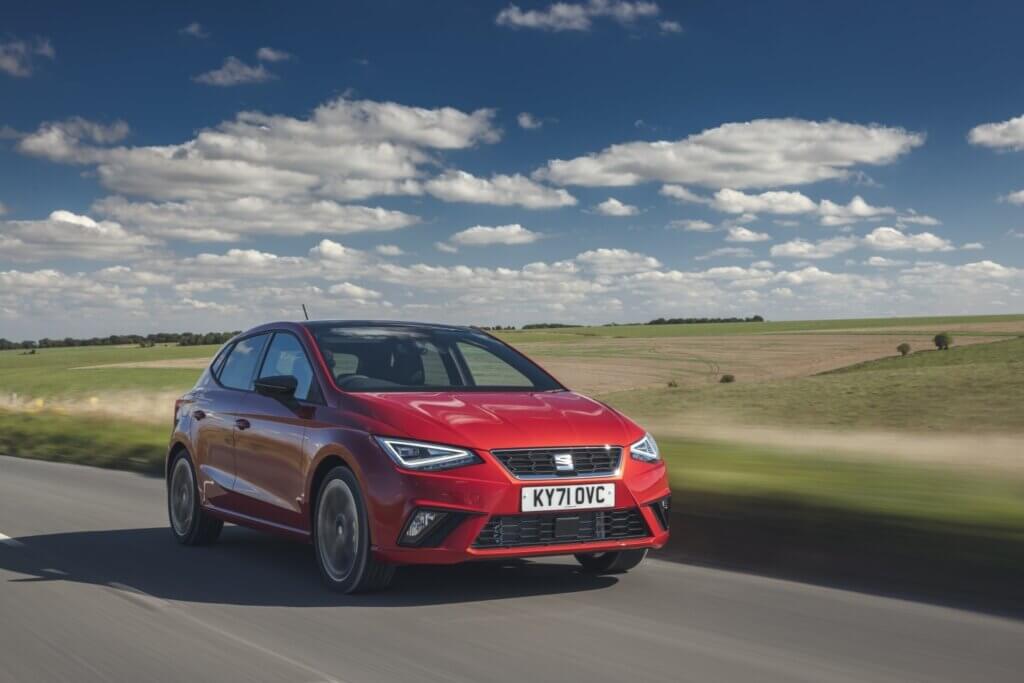There’s arguably no better feeling than independently getting behind the wheel of a car for the first time. But before you can head out and enjoy the open road, there are various costs to consider when buying your first car, one of which is car insurance.
Due to their often-younger age and lack of experience, new drivers tend to be hit with steep insurance premiums that can make owning a car more of a challenge. However, the good news is that there are plenty of cheap used cars that offer lower insurance prices, allowing new drivers to enjoy the freedom unlocked by their first car.
In this article, we will cover:
- What makes a car cheap to insure for a new driver?
- How can a new driver reduce their insurance premiums?
- 10 of the cheapest cars to insure for new drivers
What makes a car cheap to insure for a new driver?
To determine the costs of cover, the ‘Group Rating Panel’ will examine each model and place it in one of 50 car insurance groups. Generally speaking, the higher the insurance group, the more expensive it is to insure, especially for new drivers.
During the review, members of the panel will consider various factors to determine which group the car will be classified as, including:
The value of the car: Cheaper cars tend to fall into lower insurance groups as they generally cost less to replace or repair in the case of a claim.
The costs of repairs: Cars that are easy and inexpensive to repair generally fall into lower insurance groups as the costs of a claim will be less than a more expensive model.
Safety and security: If a car is fitted with advanced safety and security technology, it may be in a lower insurance group as the likelihood of an accident or theft is reduced.
Power and performance: Cars that offer larger engines and performance-oriented features tend to have higher premiums due to the increased risks related to driving them.
How can a new driver reduce their insurance premiums?
Aside from considering the car’s insurance group, there are various steps a new driver can take to help bring the costs of their insurance premiums down:
Consider black-box insurance: ‘Black-box’, otherwise known as telematics insurance, is where your vehicle is fitted with a small device to monitor your driving. Typically, you’ll receive a score based on factors such as speed, braking and time of driving. Initially, black box insurance tends to be cheaper, and you’re often rewarded with a lower renewal price if you have a strong score.
Add extra drivers: Adding a named driver with more experience can often bring your insurance premiums down as this is perceived as less risky in the eyes of insurance companies.
Select a higher excess: In the case of a claim, you will be required to pay the excess towards any repairs to your vehicle. When setting up your policy, consider selecting a higher voluntary excess figure, as this can help to reduce your premiums. Make sure you can afford to pay the total excess amount though.
Consider the safety of your car: To reduce the chances of an incident occurring, parking your car on a driveway can help with reducing your insurance premiums. Fitting additional equipment such as a dashcam or wheel lock can also reduce your payments with most providers.
Top 10 cheapest cars to insure for young drivers
Now that you know more about what makes a car cheap to insure, it’s time to explore the cheapest cars to insure for young drivers. Rather than just focus on tiny petrol city cars, we’ve included a fully electric model and even an SUV.
Read on to find out our pick of the cheapest cars to buy and insure for young drivers.
- Volkswagen Polo (2017-Present)
- Fiat 500 (2008-Present)
- SEAT Mii (2012-2019)
- Renault ZOE (2019-Present)
- Skoda Citigo (2012-2019)
- Ford Ka+ (2016-2019)
- Ford EcoSport (2014-2023)
- SEAT Ibiza (2017 -Present)
- Hyundai i10 (2020-Present)
- Renault Clio (2019-Present)



